The Camino de Santiago
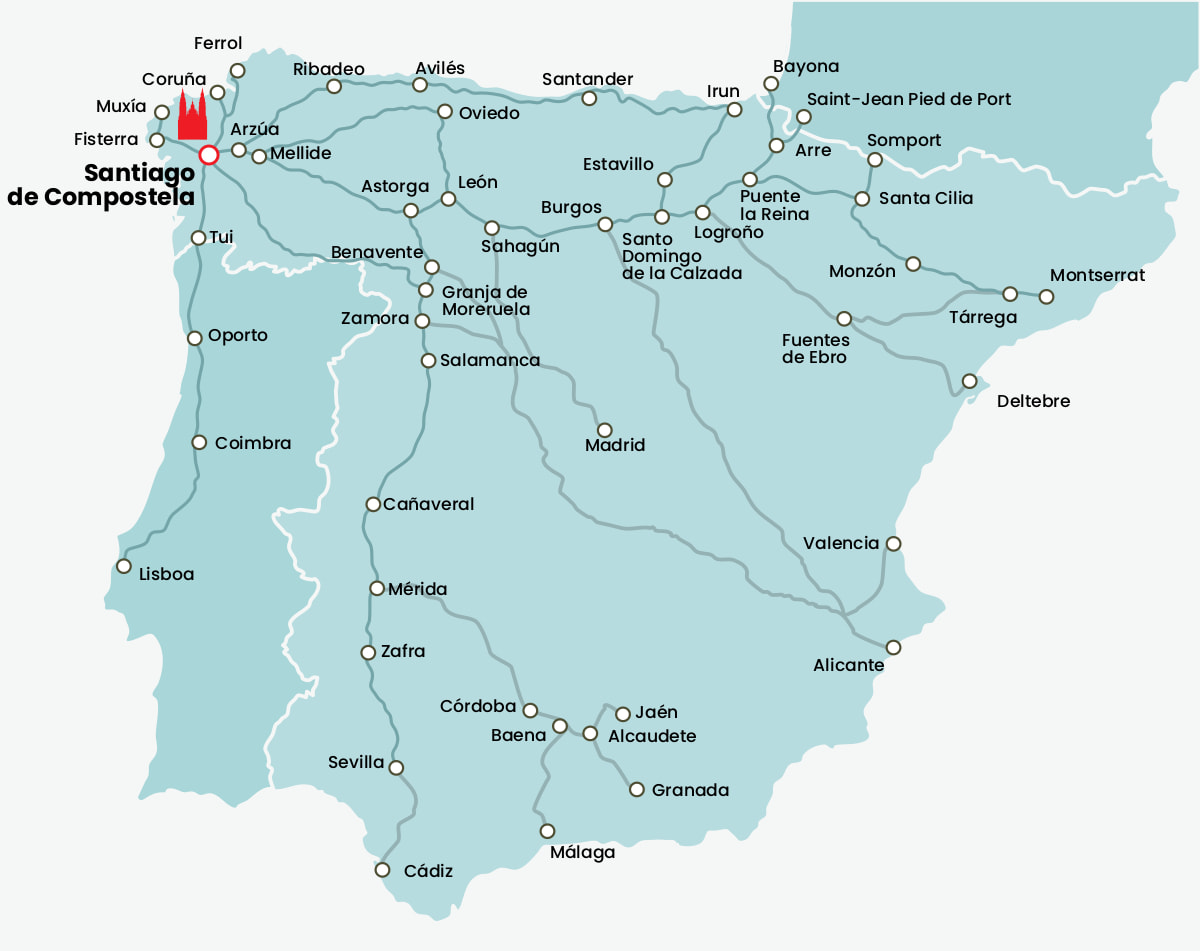
French Way
Primitive Way
Northern Way
Silver Way
Sanabrés way
Basque Way
Portuguese Way
Catalan Way through San Juan de la Peña
Baztan Way
English way
San Salvador Road
Epilogue to Fisterra and Muxía
All information about the Camino de Santiago
Through this Practical Guide to the Camino de Santiago by EROSKI Consumer, we bring you interesting information about the official roads and their stages: monuments to visit, hostels to rest and detailed maps to know the distance, altitude and difficulties to overcome until you reach your destination.
Check out […]
Organise and plan your Way in one easy app
Use this new function to create your customised route
Create your customised Way in accordance with the days you have available
Take note of the Pilgrims’ Advice to ensure a safe, comfortable trip
Save your selection of hostels, monuments and drinking fountains to remember every detail.

All information about the Camino de Santiago
Learn more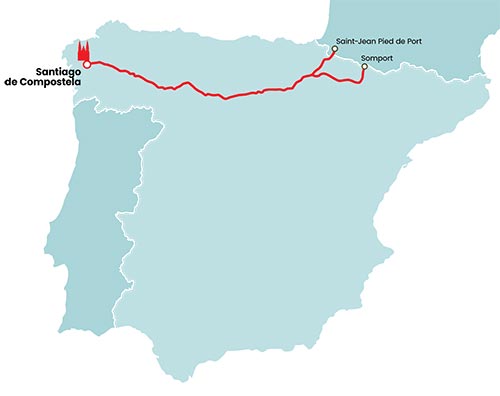
French Way
The most important and popular axis of the Xacobean pilgrimages
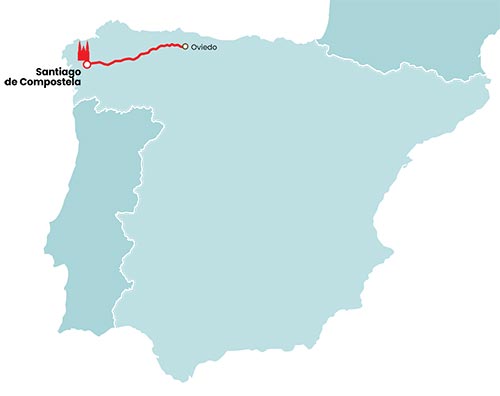
Primitive Way
Starting point to discover the path of the first known path
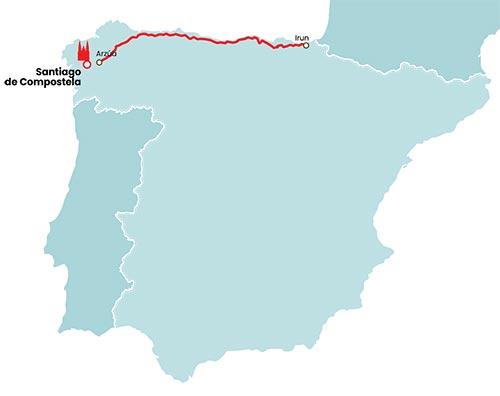
Northern Way
Old road and preferred by the European kings of the Middle Ages

Silver Way
The most important road from the south of the peninsula
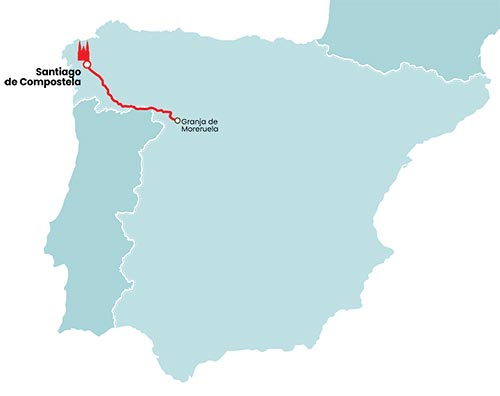
Sanabrés way
Road connecting the center of the peninsula with northern Spain
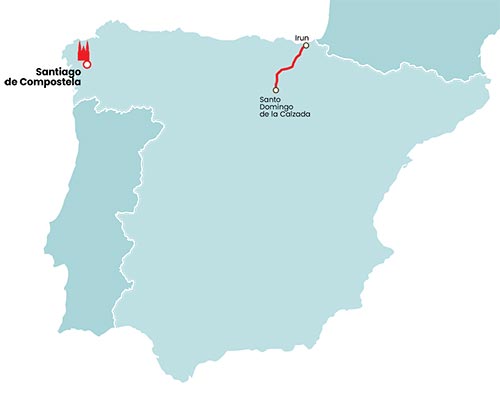
Basque Way
Basic xacobeo axis and entrance door to the center of the peninsula

Portuguese Way
The most important Portuguese Way and second road with more influx
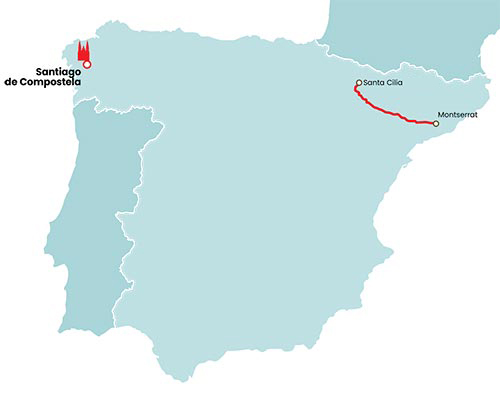
Catalan Way through San Juan de la Peña
Road that departs from Montserrat and joins others as it passes through Aragon
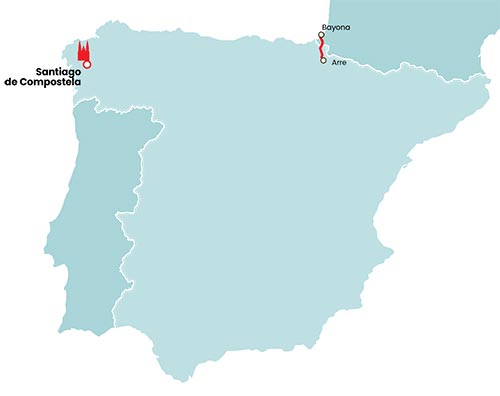
Baztan Way
Itinerary that converges with the French Way at the gates of Pamplona

English way
Ferrol and A Coruña, two alternatives for the beginning of this route
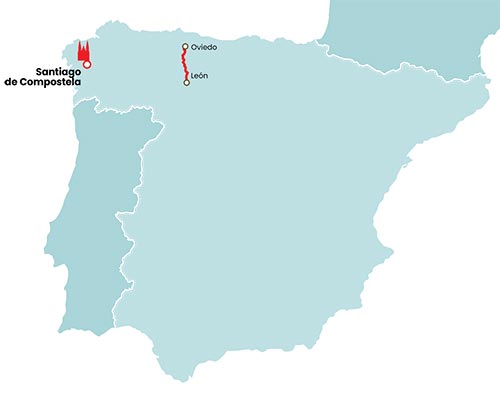
San Salvador Road
Route from Parador Nacional San Marcos de León and Oviedo Cathedral

Epilogue to Fisterra and Muxía
Extension of the different roads from Santiago hata Fisterra and Muxia